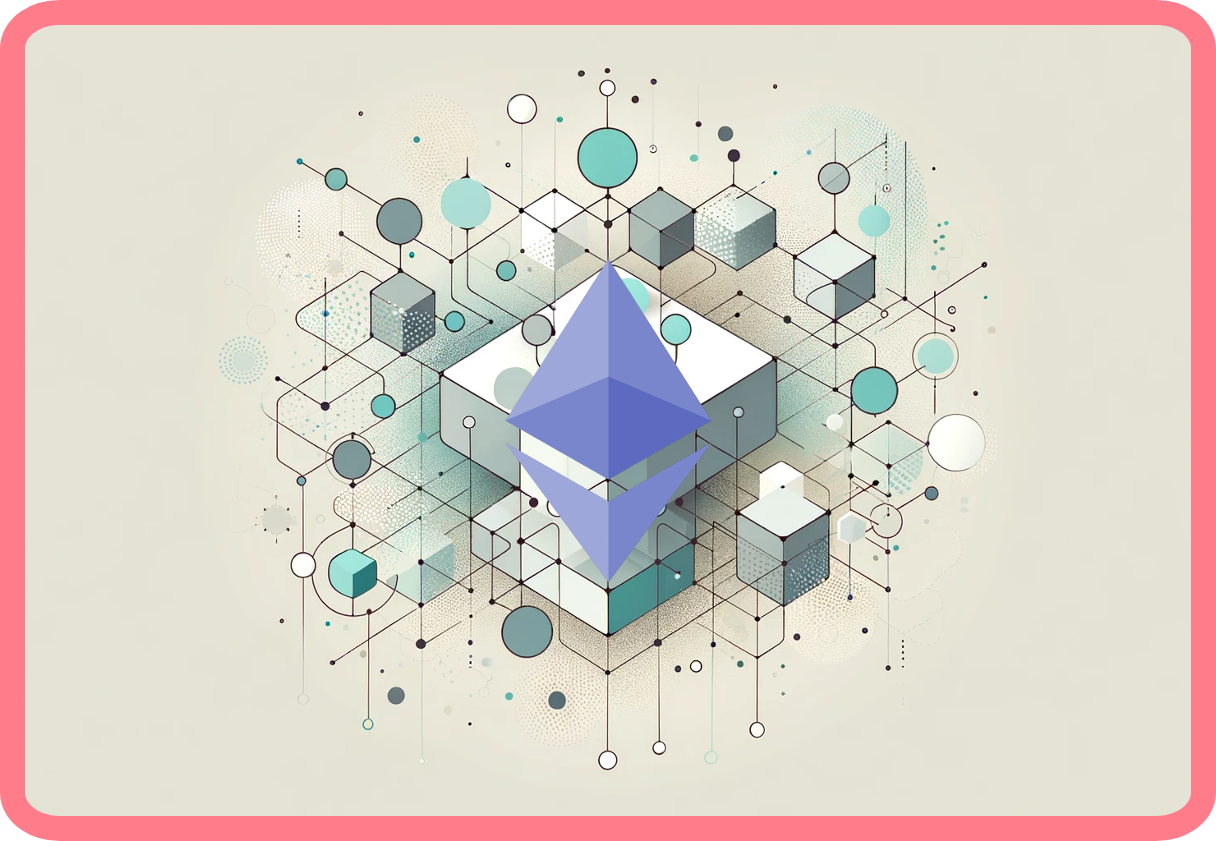Choosing the Right EVM-Compatible Blockchain for Your Project
- blog
- 06/05/2024
- 10:44

Selecting an Ethereum Virtual Machine (EVM)-compatible blockchain for your project is a pivotal decision that can impact its long-term success. The EVM ecosystem offers a broad array of networks, each providing unique benefits, varying costs, and different performance levels. To navigate this complex landscape effectively, it’s essential to consider several key factors: transaction fees (gas fees), transaction speed, the number of active users, the number of projects already deployed, and the level of decentralization. Here is a guide to help you make the most informed choice for your project.
1. Transaction Fees (Gas Fees)
Transaction fees are often a critical factor in choosing a blockchain. These fees can significantly vary from one network to another and are influenced by the complexity of operations and network congestion. A blockchain with lower fees can make your application more accessible and economically viable, especially if frequent interactions are required. However, extremely low fees might also indicate a less secure or less popular network, which warrants a thorough evaluation.
Cointool lists live gas fees for a large number of EVMs. It provides a detailed view of current and historical gas fees.
2. Transaction Speed
The speed at which transactions are processed and finalized is crucial, particularly for applications requiring quick interactions, such as online gaming or real-time trading platforms. Differences in block times or consensus mechanisms can significantly affect performance. Choosing a blockchain that offers an optimal balance between speed and security is essential to maintain a smooth and secure user experience.
Each blockchain typically has its own block explorer (like Etherscan for Ethereum, BscScan for Binance Smart Chain, etc.). These explorers can provide information on block times and transaction throughput, helping you assess the transaction speed of a particular network.
3. Number of Active Users
The number of active users on a blockchain is an indicator of its robustness and popularity. A large and active user community can facilitate the adoption of your project, as it indicates a user base already familiar with the ecosystem. Additionally, this can also mean better network security and greater resilience.
4. Number of Deployed Projects
Examining the number of projects already deployed on a blockchain can provide insights into the maturity and stability of the ecosystem. A high number of successful projects can be a sign of trust in the network, while a blockchain with fewer projects might offer less competition and more opportunities to stand out.
The number of active users and deployed tokens can be seen in real time on Dexscreener, and this tool enables interesting filters to be made, such as tokens that have had over $1 million in transaction volume during the last 24 hours on Ethereum.
5. Decentralization
Decentralization is a fundamental aspect of blockchain technology, impacting security, control, and resistance to censorship. A highly decentralized blockchain ensures that no single party has control over the entire network, which enhances security and makes the network more resilient to attacks and manipulation. Consider the degree of decentralization when choosing a blockchain, as it affects not only the trustworthiness but also the long-term viability and regulatory standing of your project.
Conclusion
Choosing an EVM-compatible blockchain for your project involves more than comparing metrics. It requires a deep understanding of your application’s needs and aligning them with the technical and community characteristics of your chosen network. Take the time to evaluate each option, engage with communities, and analyze the successes and failures of existing projects. Your decision should strike a balance between cost, performance, security, decentralization, and growth potential to ensure the long-term viability of your project.
